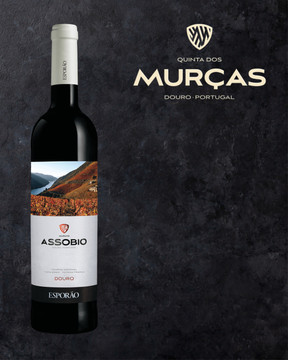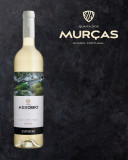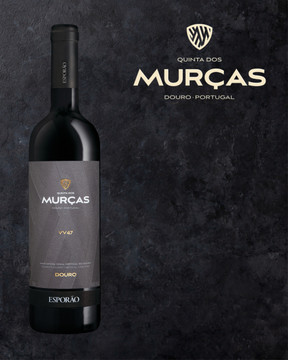
Quinta dos Mur̤as Assobio White 2021/22.
Refreshing white with crip acidity and tropical fruit notes.
VINEYARDS: Respecting the wine tradition of the oldest demarcated wine region in the world, these wines are produced based on their native varieties. Versatile and gastronomic, they embody the cooler side of the Douro. Near one of the boundaries of Quinta dos Murças, we find steep slopes forming a valley. In this spot, mostly facing north, more protected from the sun, when the wind passes we hear it whistles (or 'assobiar' in Portuguese). The Assobio white comes from 15 - 20 yo vineyards, planted on schist and granite soils.
VINTAGE:
WINEMAKING: Manual harvest, followed by de-stemming, gentle press and alcoholic fermentation in stainless steel tanks. The resulting wine is rested in tanks on fine lees before bottling.
ENJOY WITH
- Grilled and Roasted White Meats
- Fish/Shellfish
- Pizza/Pasta
- Salads and Picnics
- Mild Creamy Cheeses
Refreshing white with crip acidity and tropical fruit notes.
VINEYARDS: Respecting the wine tradition of the oldest demarcated wine region in the world, these wines are produced based on their native varieties. Versatile and gastronomic, they embody the cooler side of the Douro. Near one of the boundaries of Quinta dos Murças, we find steep slopes forming a valley. In this spot, mostly facing north, more protected from the sun, when the wind passes we hear it whistles (or 'assobiar' in Portuguese). The Assobio white comes from 15 - 20 yo vineyards, planted on schist and granite soils.
VINTAGE:
WINEMAKING: Manual harvest, followed by de-stemming, gentle press and alcoholic fermentation in stainless steel tanks. The resulting wine is rested in tanks on fine lees before bottling.
ENJOY WITH
- Grilled and Roasted White Meats
- Fish/Shellfish
- Pizza/Pasta
- Salads and Picnics
- Mild Creamy Cheeses







